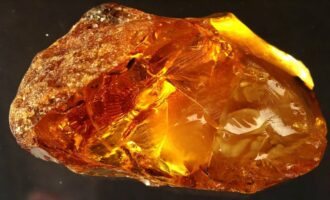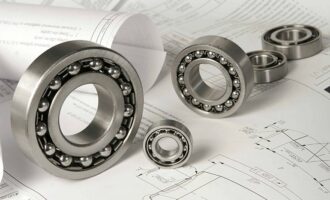The Rockwell scale is used to determine the hardness of metals, plastics, ceramics and hard alloys based on dough, carried out by a method based on measuring the difference in neck deepening under two test loads.

This method was invented and patented by two Connecticut residents in 1914 year, Hughona M. Rockwell (1890-1957) и Stanleya P. Rockwell (1886-1940). The first Rockwell hardness tester was released by WILSON in collaboration with Stanleya P. Rockwell. Rockwell hardness tester under the registered trademark "WILSON" is still produced by INSTRON (ITW).
Rockwell hardness is indicated in HR, but other symbols are attributed to these symbols, depending on the metal alloys:
- C and A are used for high hardness steels.
- B and F are used for non-hardened steels and non-ferrous metals.
- N and T apply, when the test sample is small or very thin.
When determining the hardness on the Rockwell scale to the symbol indicating the type of material for example C, values are assigned in the form of numbers. The range of numbers can be from 20 (the softest) to 100 (the hardest). For example, hardened steel after testing can get the result 65-70 HRC, Where:
- 65-70 these are the results of two test loads;
- HR are Rockwell scale symbols;
- C is the type of material.
In the following video you can see how testing on the Rockwell scale is performed.. Happy viewing.





